RetroFoam Insulation Explained: Your Questions Answered
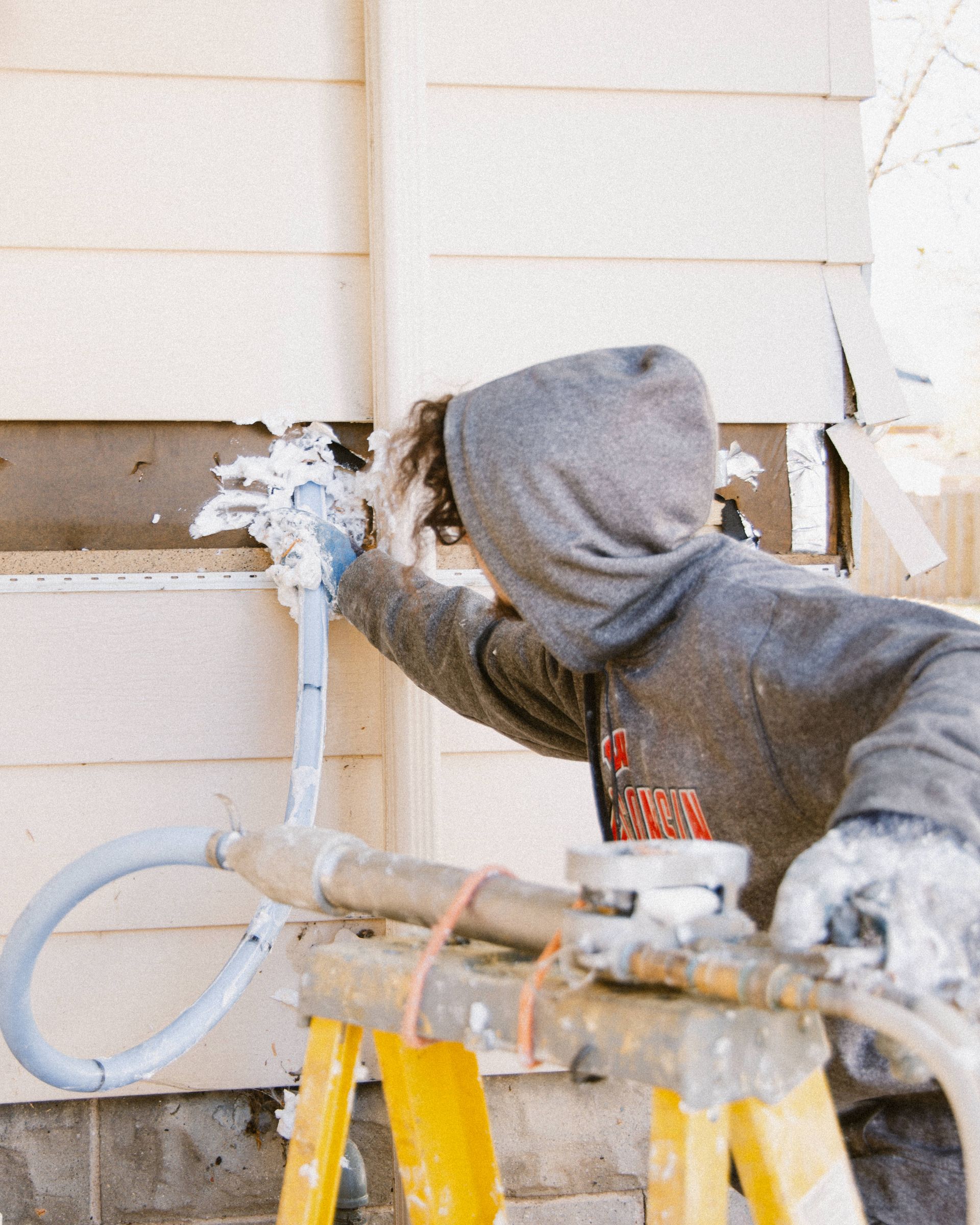
When the cold winds roll through northern Wisconsin, homeowners often turn up the heat, not considering the silent thief that could be siphoning warmth from their homes. RetroFoam insulation, though not as well-known as fiberglass or spray foam, is gaining popularity as an environmentally friendly option. Whether installed in your home’s walls or crawl space, RetroFoam helps prevent heat loss. Designed with green principles, it keeps homes cozy without harming the planet. Keep reading to discover the various aspects of RetroFoam insulation and how it may be the upgrade your home needs!
Key Takeaways
- RetroFoam Insulation Seals Homes Against Air Leaks, Enhancing Indoor Comfort and Energy Efficiency
- Applied as a Spray, It Expands to Fill Even Irregular Spaces, Providing Thorough Coverage
- It Includes Fire-Retardant Chemicals, Adding a Layer of Safety by Resisting the Spread of Flames
- The Material Helps Maintain Air Quality by Preventing the Entry of Outdoor Allergens and Pollutants
- Professional Installation Is Essential for Optimal Performance and to Protect the Home’s Structural Integrity
What Is RetroFoam?
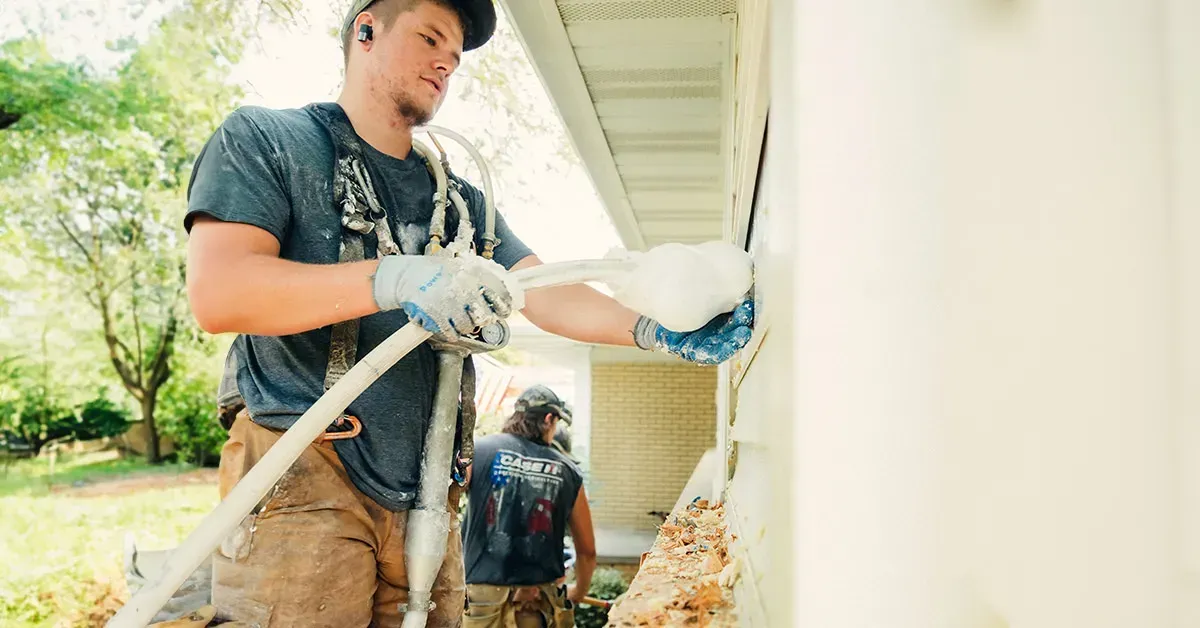
RetroFoam is an injection foam insulation that acts as an effective air barrier, reducing heat loss through convection. It expands and hardens into wall cavities to create a solid insulation layer. This seal keeps out drafts and maintains a steady indoor temperature, leading to significant energy savings by easing the load on heating and cooling systems.
Additionally, RetroFoam improves indoor air quality by sealing gaps and cracks, reducing the entry of outdoor pollutants and allergens. This supports a healthier living environment and enhances energy efficiency.
Now, let’s take a look at the most frequently asked questions about RetroFoam Insulation!
What Is RetroFoam Insulation?
RetroFoam insulation is a specialized injection foam that fills gaps between wall studs, creating an energy-efficient building envelope. The foam expands to form a tight seal, preventing air movement and improving insulation. It also contains fire-resistant chemicals, adding extra protection by slowing the spread of flames.
Unlike traditional materials like fiberglass, RetroFoam is a tri-polymer-based injection foam. It adheres to various surfaces and can be precisely applied, ensuring no nook or cranny is left unprotected from temperature changes and external elements.
What Is RetroFoam Made Of?
RetroFoam insulation is made from a tri-polymer-based resin mixture that rapidly expands when injected, filling wall cavities to form a sturdy barrier against heat transfer and air infiltration. It effectively snakes around wires, pipes, and other fixtures without compromising coverage, ensuring even irregular spaces are fully insulated. This prevents heat from escaping and reduces strain on the home’s heating system.
The foam’s insulating qualities create an airtight seal, locking in desired temperatures and blocking external heat or cold. RetroFoam’s ability to cover obstacles and maintain consistent indoor conditions helps lower energy costs and improve overall home comfort.
How Does RetroFoam Insulation Work?
RetroFoam insulation works like shaving cream. Once injected, it quickly expands to fill gaps, creating an airtight seal. This rapid expansion effectively blocks drafts and controls the indoor climate. As the foam sets, it forms a dense barrier, preventing air leaks and acting like a sweater for your home. RetroFoam also resists water absorption, preventing mold and mildew growth. This helps maintain the structural integrity of your home and ensures a clean, moisture-free environment.
How Is RetroFoam Home Insulation Installed?
The installation of RetroFoam insulation is straightforward but needs professional expertise, especially with exterior elements like vinyl siding. Technicians assess the area to ensure the siding is managed properly without damage. Homeowners often see energy cost reductions due to improved thermal efficiency.
Additionally, a warranty protects the investment, offering peace of mind. RetroFoam resists settling and moisture better than traditional materials like cellulose, maintaining effective insulation and ventilation. The installation process ensures the complete filling of spaces, enhancing heat loss prevention and indoor environment regulation
What Are the Benefits of RetroFoam Insulation?
Maintaining a comfortable home relies on effective insulation, and RetroFoam excels in sealing spaces behind walls and beneath siding, outperforming traditional methods. As homeowners research online, many choose RetroFoam for its superior space confinement.
Modern construction must meet strict building codes focusing on energy efficiency and moisture control. RetroFoam meets these standards, preventing moisture that can cause mold and structural damage. Its installation supports existing structures, ensuring long-term durability and improved building performance. The online buzz highlights RetroFoam’s benefits, aligning with energy-conscious building practices.
Addressing Common Issues with RetroFoam Home Insulation
Occasionally, homeowners may face issues with RetroFoam insulation affecting their living spaces. One common problem is condensation, which happens when the insulation doesn’t properly adhere to the drywall, creating gaps where moisture can gather. This can lead to mold and damage over time.
Special attention is needed around the floor perimeter in homes with RetroFoam insulation. If not installed correctly, pests can burrow through tiny openings, compromising the insulation’s effectiveness and the home’s comfort. Also, improper installation on walls can trap moisture, causing condensation within the cavity. Ensuring proper installation is crucial for maintaining the benefits of RetroFoam insulation and preventing issues like moisture buildup and pest intrusion.
History of RetroFoam Injection Foam Insulation
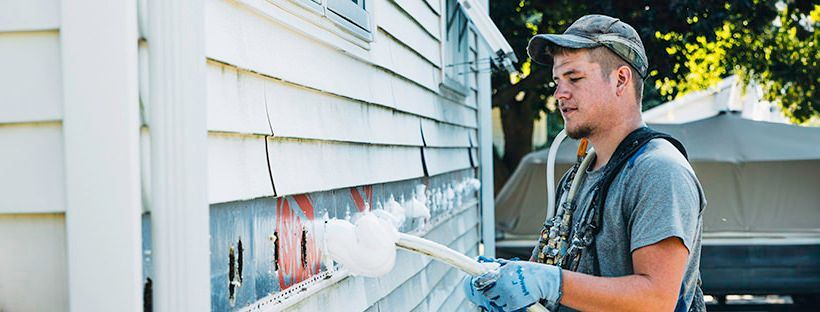
The journey of RetroFoam insulation began with the goal of improving energy efficiency and comfort in homes. This product, evolving from various foam insulations, has proven effective in controlling temperature and reducing noise. Its ability to manage airflow and prevent heat escape showcases the innovation behind its creation. RetroFoam distinguishes itself from materials like polystyrene with enhanced flexibility and coverage, which is crucial for insulating irregular and hard-to-reach spaces.
RetroFoam’s adaptability ensures every corner of a building’s envelope is tightly sealed, improving thermal regulation and sound dampening. As more homeowners recognized the importance of optimized insulation, RetroFoam became a preferred choice for its effectiveness in solving issues like fluctuating temperatures and disruptive noises. Early adopters of RetroFoam enjoyed regulated indoor climates and quieter living spaces, helping establish its respected position in the market.
Benefits of Using RetroFoam Insulation
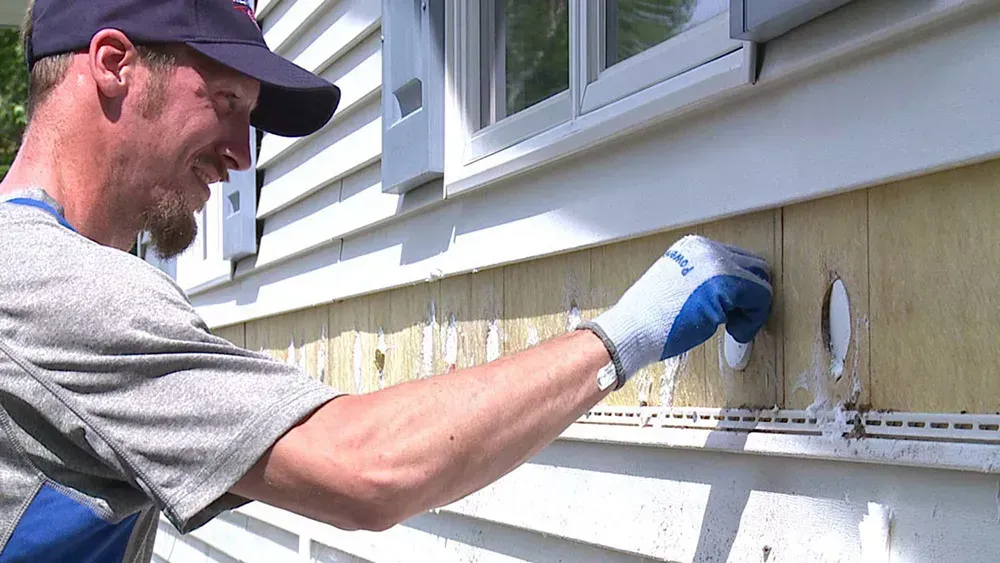
RetroFoam insulation benefits homeowners looking to improve their living environment and energy efficiency. From enhancing thermal performance to preventing moisture and mold growth, RetroFoam offers comprehensive solutions for modern home insulation needs.
Enhancing Energy Efficiency
RetroFoam insulation significantly boosts energy efficiency by forming a robust air barrier that reduces heat transfer. This decreases the workload on HVAC systems, resulting in lower energy bills and a more consistent indoor climate. By minimizing air leaks, RetroFoam ensures that your heating and cooling efforts are not wasted, making it a cost-effective and energy-saving solution.
Improving Indoor Air Quality
RetroFoam insulation helps improve indoor air quality by sealing off gaps and cracks. It prevents outdoor pollutants, allergens, and dust from entering the home, creating a healthier living space. Maintaining optimal humidity levels, RetroFoam also reduces the risk of mold growth, contributing to better overall air quality and health.
Sound-dampening and Noise Reduction
RetroFoam insulation provides excellent sound-dampening capabilities, reducing noise pollution from outside sources. Its dense structure absorbs sound waves, making your home quieter and more peaceful. This is especially beneficial for homes in noisy urban areas or near busy roads, enhancing the comfort and tranquility of your living spaces.
Moisture and Mold Prevention
One of RetroFoam insulation’s key benefits is its ability to prevent moisture infiltration. By forming an impermeable barrier, it stops water from seeping into walls and basements, thereby preventing damp conditions that lead to mold growth. This not only protects the structural integrity of your home but also ensures a healthier indoor environment free from mold-related health issues.
Conclusion
RetroFoam insulation is a crucial upgrade for improving energy efficiency and indoor comfort. Unlike traditional materials, it provides comprehensive sealing, effectively combating heat loss, air infiltration, and noise issues. Additionally, it is resistant to moisture, making it suitable for various areas of a home, including hard-to-reach spaces. With an expanding network of skilled dealers, RetroFoam offers customized solutions and a deep understanding of home insulation needs. Investing in RetroFoam means investing in a more sustainable, cost-effective, and comfortable living environment.



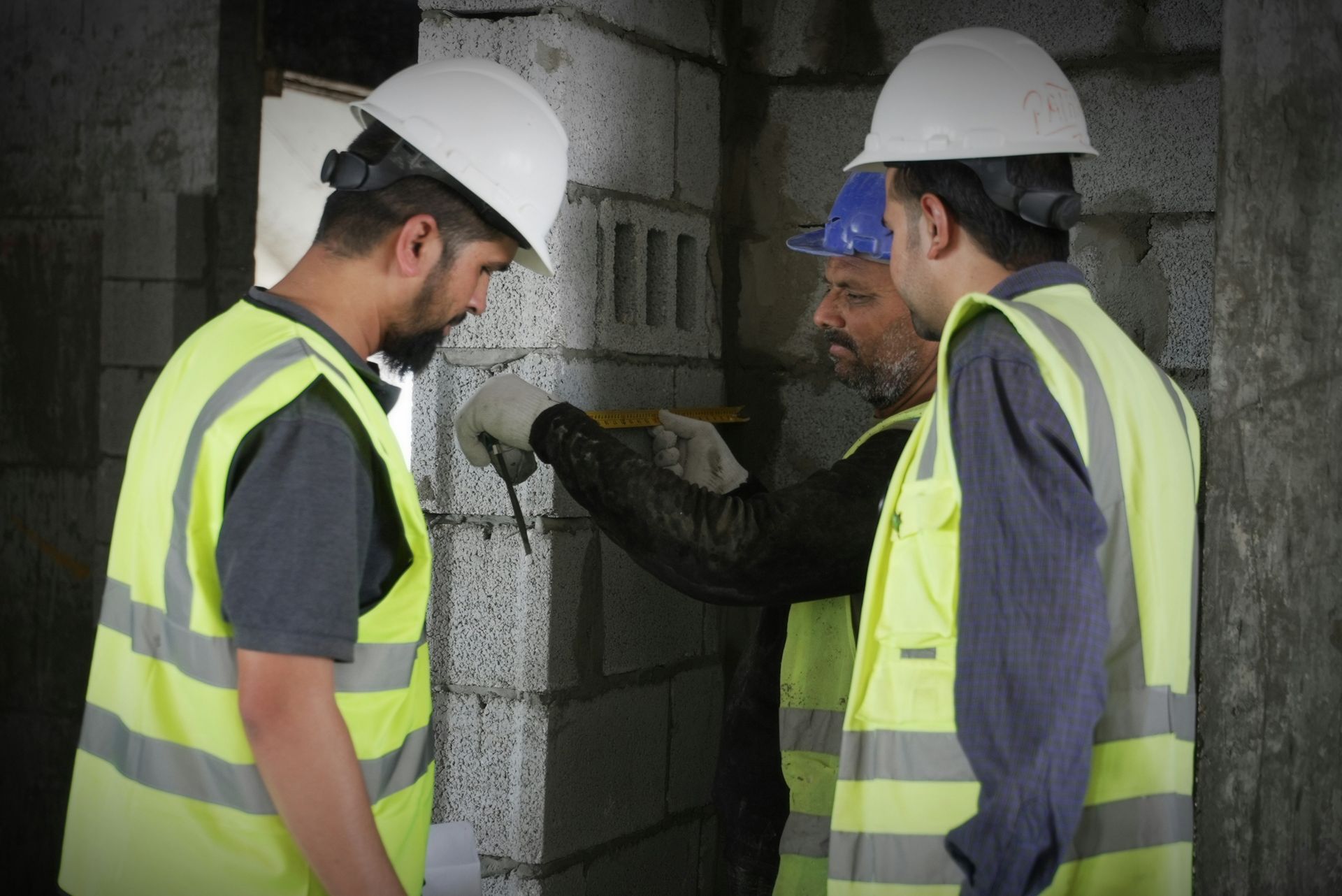
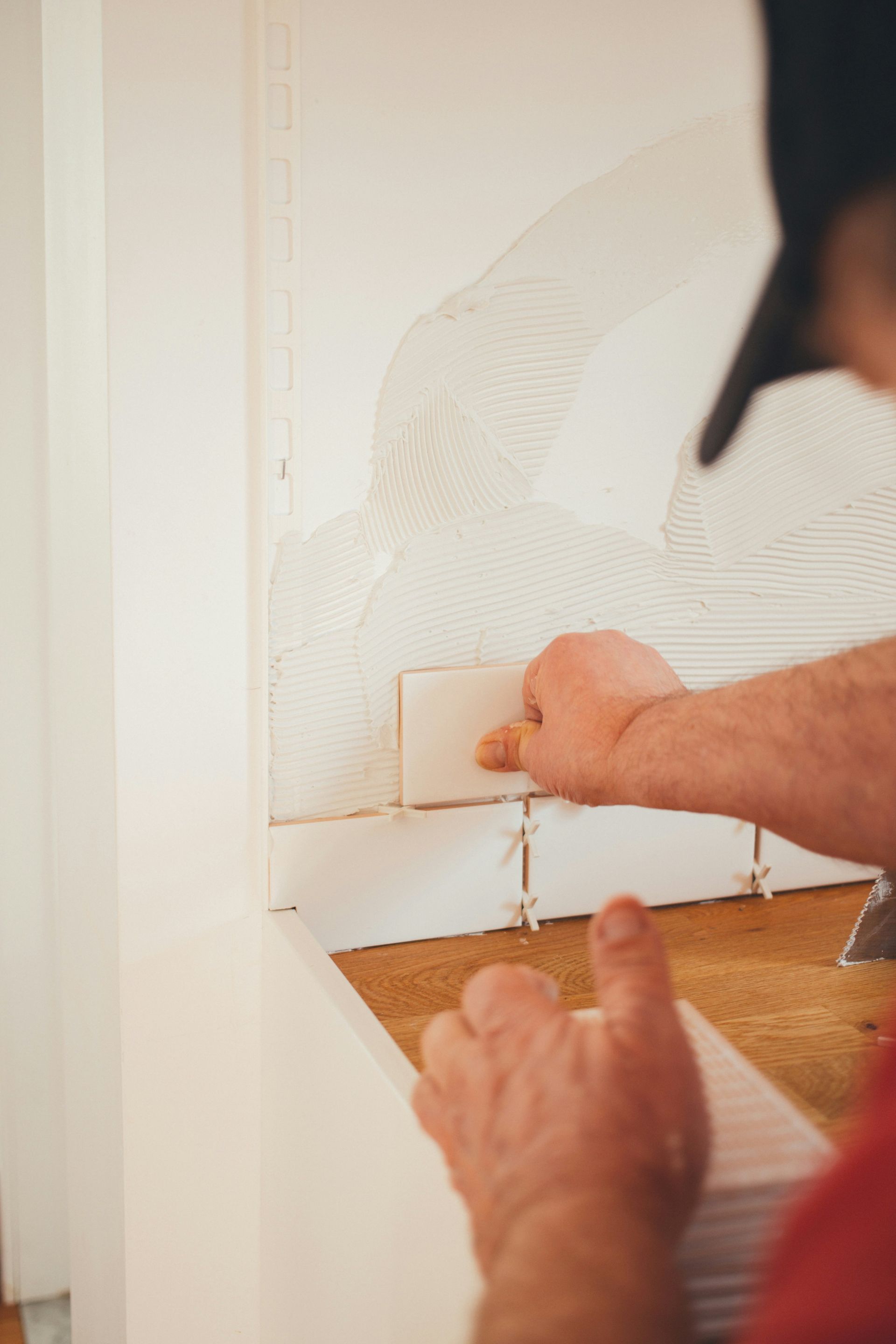

Share On: